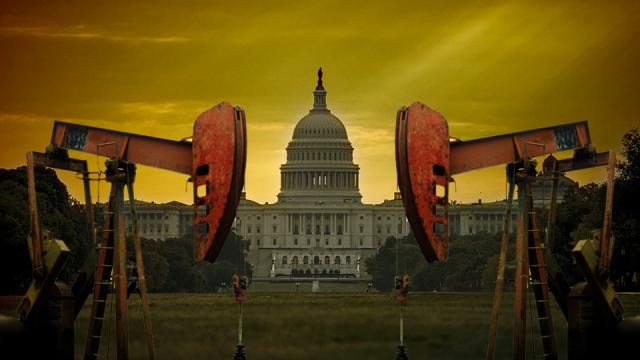
As elected officials in Washington continue to mull the possibilities of setting stricter standards for fracking, the natural gas industry has decided to pull out all the stops to defeat these standards before they can even see the light of day. A new report from Citizens for Responsibility and Ethics in Washington (CREW) shows that the industry’s campaign contributions are now at record levels as they battle politicians wishing to tighten the reins on fracking.
According to the report, natural gas campaign donations to politicians in states where fracking is taking off have risen by 231% in the last eight years. But the industry is also hedging its bets in non-fracking states, as donations to politicians in those areas saw an increase in donations of 131%.
Melanie Sloan, executive director of CREW, isn’t surprised by the increase. Of the report, Sloan said, “Like many industries under increasing scrutiny, the fracking industry has responded by ratcheting up campaign donations to help make new friends in Congress…As CREW’s report shows, the fracking boom isn’t just good for the industry, but also for congressional candidates in fracking districts.”
CREW goes on to explain where the bulk of the money is going:
The top 10 recipients of fracking industry contributions are a mix of strong industry supporters and Republican leadership. Rep. Joe Barton (R-TX), chairman emeritus of the House Committee on Energy and Commerce, received the most contributions, raking in $509,447 between the 2004 and 2012 election cycles — over $100,000 more than the next closest recipient, Senate Minority Leader Mitch McConnell (R-KY), who received $384,700. While serving as chairman of the committee, Rep. Barton sponsored the Energy Policy Act of 2005, which exempted fracking from the Safe Drinking Water Act. Overall, nearly 80 percent of fracking industry contributions went to Republican congressional candidates.
CREW also compiled a chart listing every member of both the U.S. House of Representatives and the Senate (a grand total of 535 elected officials) show how much each representative received from the natural gas fracking industry in the form of campaign donations.
The chart shows just how much influence the industry has purchased: Of the 535 elected officials in the House and Senate, only 67 have not received any money from the natural gas industry. Only 5 Republicans in Washington have not received money, with 62 Democrats being stiffed by the industry as well. It’s clear which political party the industry favors when it comes to buying off politicians.
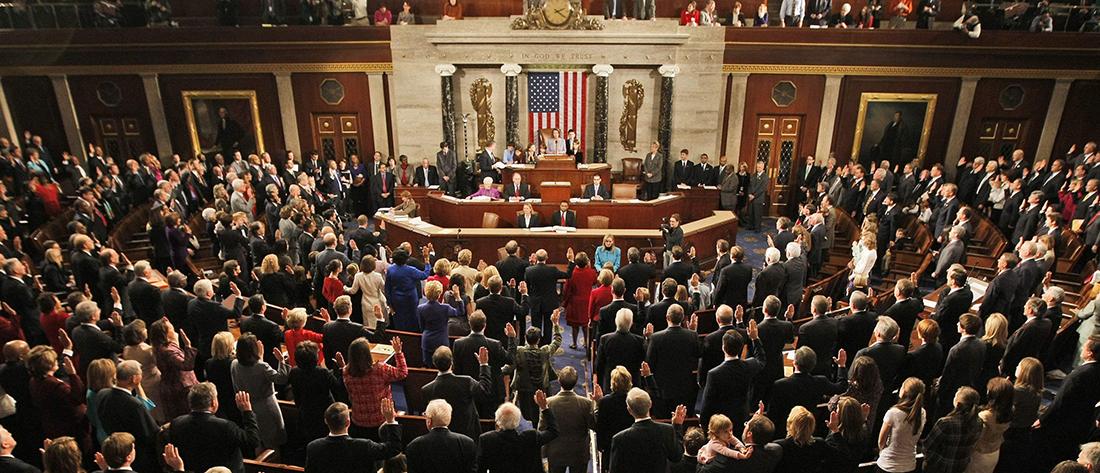
And House Republicans continue to deliver for the industry. In just the last few weeks, they have introduced legislation that would open up more public lands for drilling, and they are attempting to make it even more difficult for the public to challenge new drilling permits.
Less than 13% of America’s elected representatives have not taken money from the natural gas industry, and that is a very staggering and depressing number. And as we approach next year’s midterm elections, my prediction is that the percentage of politicians with no financial ties to the industry will fall even lower.
MEANWHILE, Jason Lange of Reuters reported that the U.S. Chamber of Commerce is warning the EPA not to release a fracking study that could hurt the country's energy boom:
America's largest business lobby group warned the Obama administration on Tuesday against snuffing out the country's energy boom with regulations on new oil and natural gas drilling technologies.
U.S. Chamber of Commerce President Thomas Donohue said an Environmental Protection Agency (EPA) study due next year could be used to justify clamping down on drilling techniques that have sparked a surge in U.S. oil and natural gas output.
"This could short-circuit America's absolute explosion in energy opportunity that is creating millions of jobs," he told a meeting of business executives.
A major force in U.S. politics, the Chamber of Commerce is the biggest business lobbying group in the country and has been a steady critic of President Barack Obama.
In his comments, Donohue railed against the Obama administration's efforts to increase regulations on businesses and appealed to the media to get his message out that the rules were hurting the economy and "undermining freedom."
"They are costing jobs and growth in our country," he said.
The White House did not immediately respond to a request for comment.
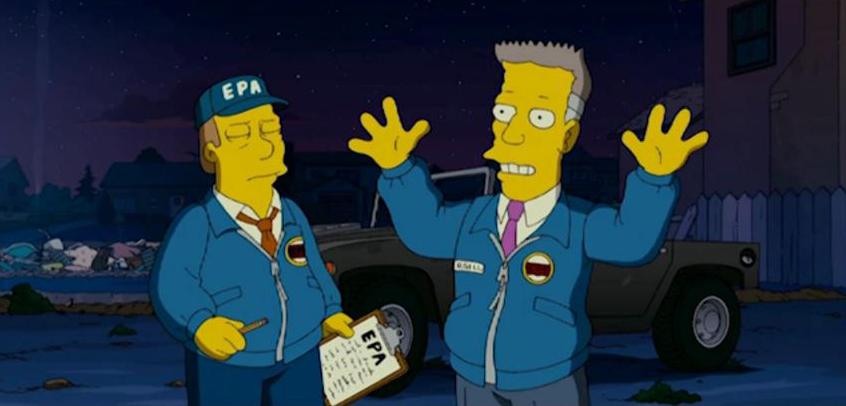 The EPA's study, first requested by Congress in 2010, may prove pivotal in the government's regulation of hydraulic fracturing, or fracking, which involves forcing large volumes of water laced with chemicals and sand deep underground to crack rock and free oil and natural gas.
The EPA's study, first requested by Congress in 2010, may prove pivotal in the government's regulation of hydraulic fracturing, or fracking, which involves forcing large volumes of water laced with chemicals and sand deep underground to crack rock and free oil and natural gas.
Currently, fracking is largely regulated by states, rather than the federal government. In its first major regulation on the energy boom, the EPA finalized a rule last year that targets smog-forming pollutants from fracking wells. It allows drillers to flare the gases until 2015.
Critics of fracking, including many environmentalists, worry that drilling operations near schools and homes could pollute water and air.
The United States overtook Russia as the top producer of natural gas last year and surged past Saudi Arabia this year as the world's biggest oil producer. Some companies, however, worry the EPA study could lead to added regulations that crimp America's energy bounty.
"Many believe it will be the rationalization of new federal fracking regulations before the end of this administration," Donohue said.
AT THE SAME TIME THIS WEEK, Katie Auth reporting for the Worldwatch Institute revealed that global greenhouse gas emissions have reached a record high:
The disappointing climate conference in Warsaw, Poland — which was intended to lay the groundwork for a global climate agreement in 2015 — stands in sharp contrast to the continued growth in emissions of greenhouse gases. Negotiators and activists alike confront not only the fact that carbon dioxide (CO2) emissions reached the highest annual total to date, but also a shifting geographic distribution of emissions. The international community must take swift action, concludes a new Vital Signs Online trend released by the Worldwatch Institute.
According to the Global Carbon Project, CO2 emissions from fossil fuel combustion and cement production reached 9.7 gigatons of carbon (GtC) in 2012, with a ±5 percent uncertainty range, and may reach 9.9 GtC in 2013. The 2012 value is 58 percent higher than emissions in 1990, the year often used as a benchmark for emissions trends. Coal (43 percent) and oil (33 percent) accounted for the majority of these emissions, with natural gas (18 percent), cement production (5 percent), and flaring (1 percent) making up the remainder.
Recent U.S. government and World Bank moves to limit international financing for new coal projects signal a desire to shift away from this particularly carbon-intensive resource. For now, however, coal remains a major driver of CO2 emissions, accounting for 54 percent of the emissions increase in 2012. Coal use is rising in countries currently undergoing energy sector transitions. Coal-related emissions increased in Germany (4.2 percent) and Japan (5.6 percent)-both of which are phasing out nuclear power plants. Oil, gas, and cement accounted for 18 percent, 21 percent, and 6 percent of the global increase in 2012 respectively.
Although CO2 is the primary greenhouse gas emitted through human activities, it is not the only one with significant warming effects. Other major long-lived greenhouse gases include methane (CH4), nitrous oxide (N2O), and chlorofluorocarbons (CFCs). Each gas's contribution to climate change depends on such factors as the length of time it remains in the atmosphere, how strongly it absorbs energy, and its atmospheric concentration.
Fossil fuel combustion, together with deforestation and land use change, has pushed the mean atmospheric concentration of CO2 to approximately 393.9 parts per million (ppm) in 2012, an increase of more than 40 percent since 1750 and of 24 percent since the Scripps Institution of Oceanography began keeping detailed records in 1959. Scientists have suggested that the CO2 concentration will need to be reduced to at least 350 ppm if we hope to maintain a climate similar to that which has supported human civilization to date. Atmospheric CO2 concentration increased by 2.2 ppm in 2012 alone, exceeding the average annual increase over the past 10 years. And the Scripps Institution's measurements indicate an average of 396.2 ppm for the period of January to September 2013, implying an even greater increase this year.
Although the parties to the United Nations Framework Convention on Climate Change agreed in 2010 that the increase in average global temperature since the pre-industrial period must be kept below 2 degrees Celsius, many projections now put the climate on track for warming that is significantly above that. The Global Carbon Project foresees a "likely" increase in temperature of 3.2-5.4 degrees Celsius. A World Bank report projects an approximate 20 percent likelihood of exceeding a 4 degrees Celsius increase by 2100 if current mitigation commitments and pledges are not fully implemented.
Emissions data also highlight the shifting geographical and historical complexity that makes international negotiations so contentious. The global distribution of emissions in 2012 looked very different than it did in 1990, when the Kyoto Protocol was established. At that time, industrial countries accounted for 62 percent of emissions; by 2012, that figure had dropped to 37 percent, reflecting rapid industrialization and development in emerging economies and shifting patterns in production and consumption.
Additionally, although international climate negotiations have focused traditionally on the role and responsibility of nation states, new analyses point to the significant role of corporate entities in emitting greenhouse gases. According to painstaking work by Richard Heede of the Climate Accountability Institute, investor-owned corporations have been responsible for 21.7 percent of CO2 and CH4 fossil fuel and cement emissions since 1750, with state-owned corporations responsible for an additional 19.8 percent, highlighting potential new ways to frame responsibility for climate mitigation.
As climate negotiators, experts, and activists leave Warsaw and gear up to work on forging a global deal in Paris in 2015, they will have to grapple with these changing complexities.
Further highlights from the report:
CH4 is the third most abundant greenhouse gas in the atmosphere, after CO2 and water vapor, on a per molecule basis. Although atmospheric CH4 levels declined during 1983-99 and remained relatively constant during 1999-2006, they have been increasing since 2007.
China's emissions rose by 5.9 percent in 2012, an increase that accounted for 71 percent of that year's global increase. The United States and Australia, although both still major emitters, experienced reductions of 0.05 percent and 11.6 percent respectively.
In 2012, the top four emitters of CO2 were China (2,626 million tons of carbon, or MtC), the United States (1,397 MtC), India (611 MtC), and the Russian Federation (492 MtC).
3 WAYS TO SHOW YOUR SUPPORT
- Log in to post comments

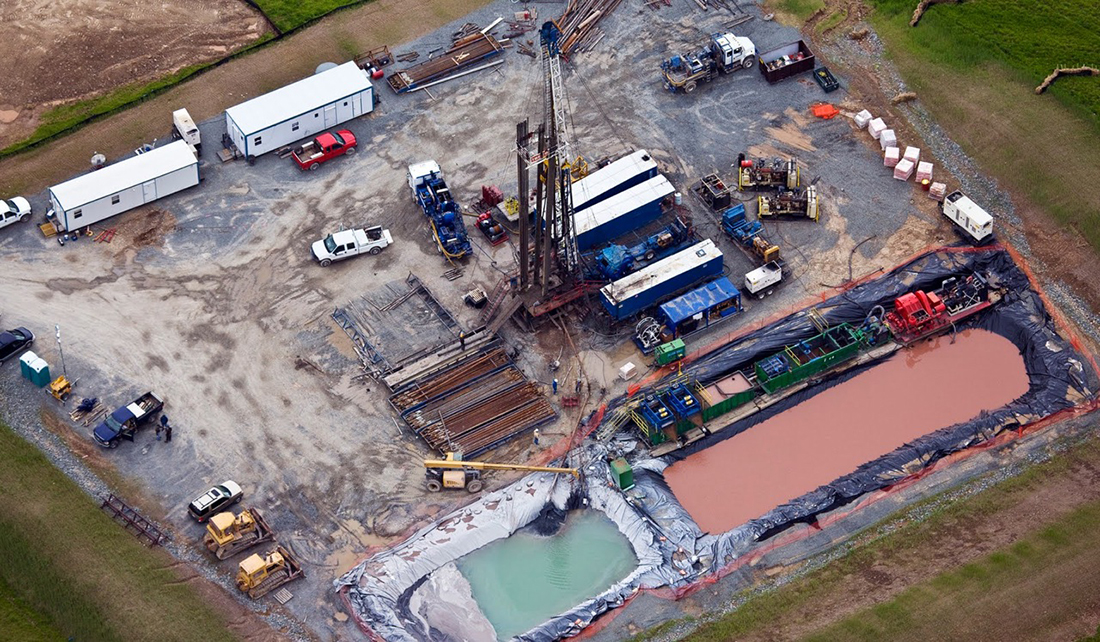
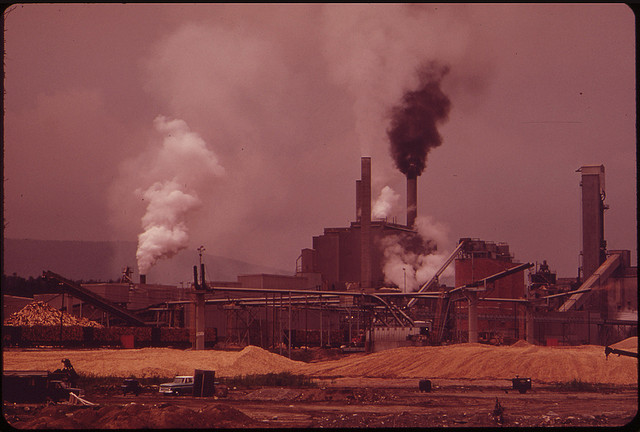
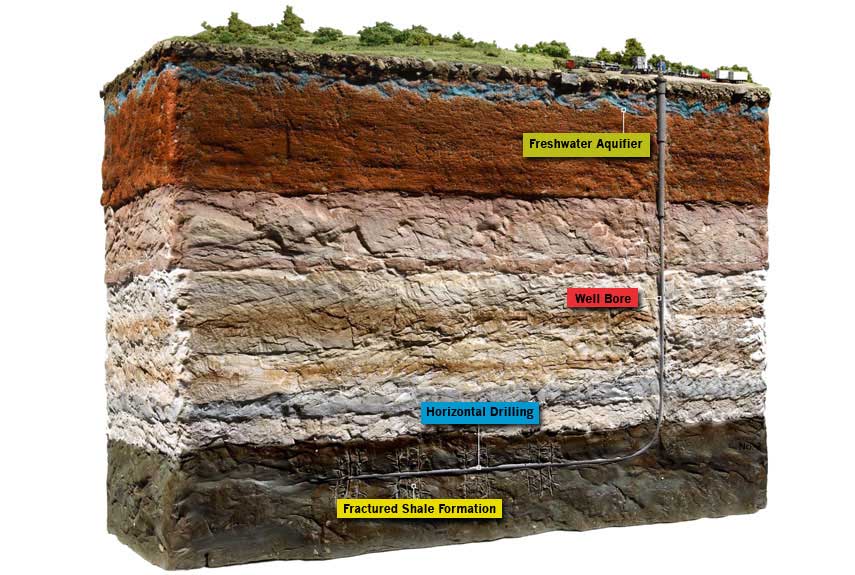
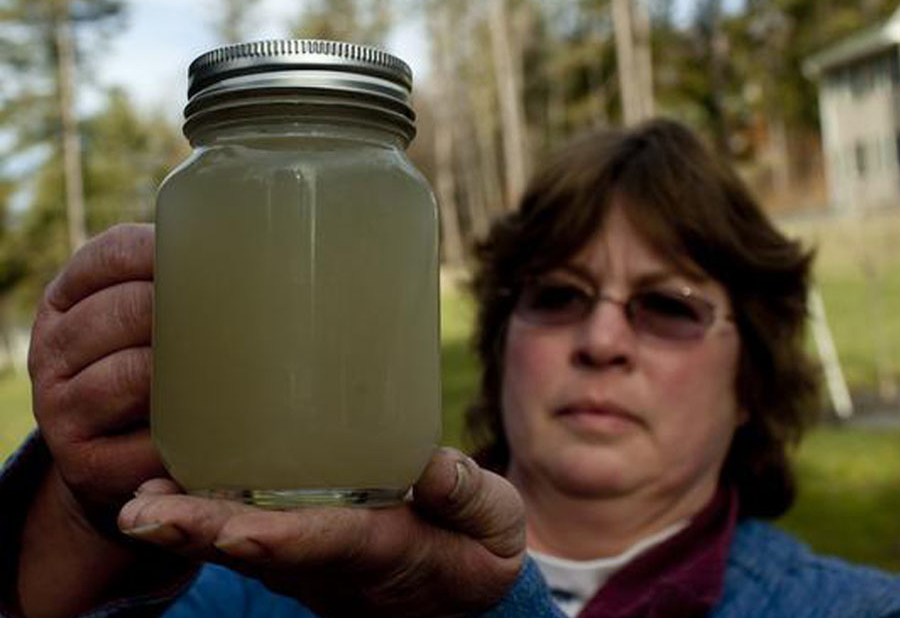













Comments
&Tradition Ligh... replied on
&Tradition Lights Outlet
</br> 2.
&Tradition Lights Outlet http://www.maisto.com/jtvz/?y=Tradition-Lights-Outlet